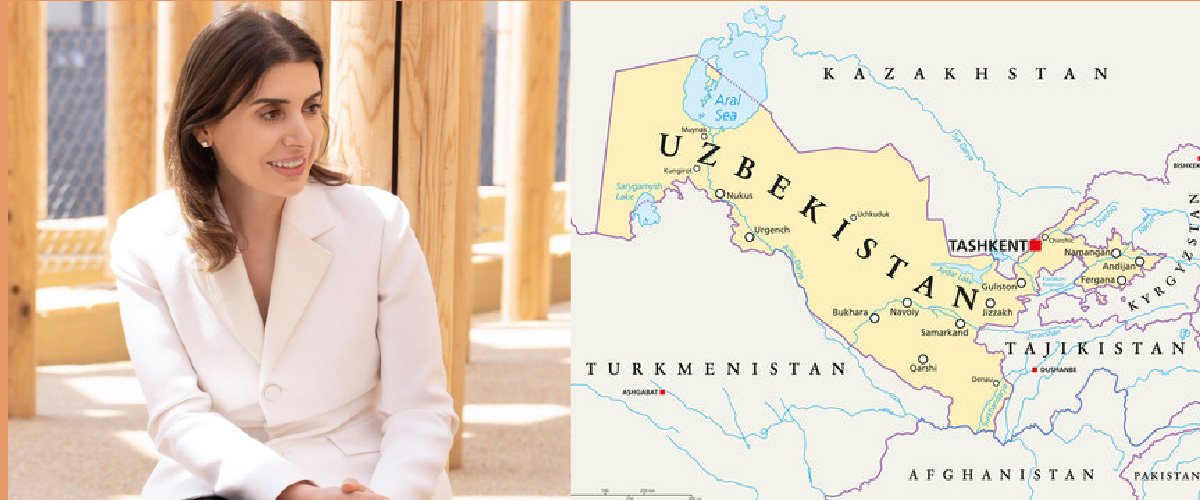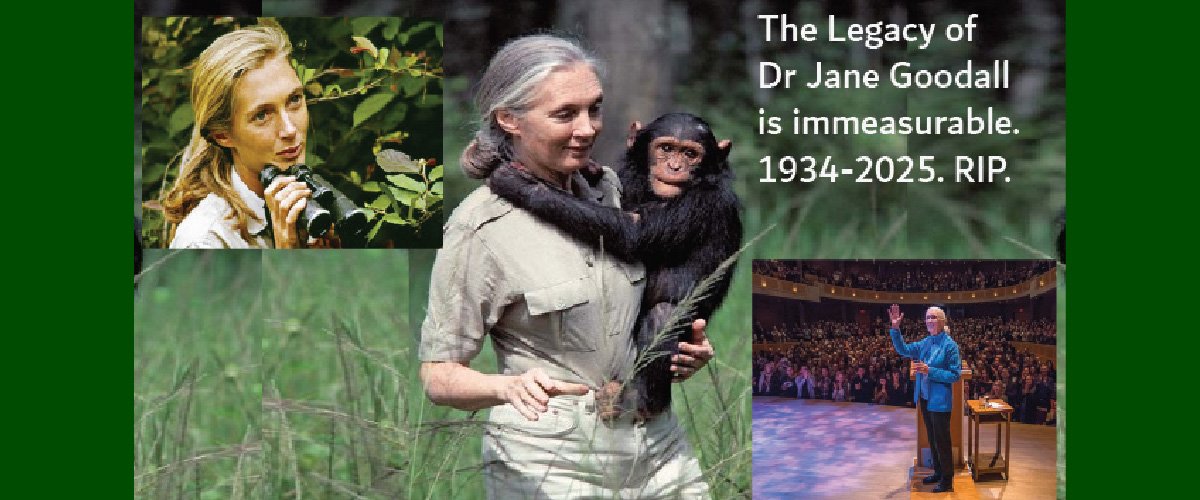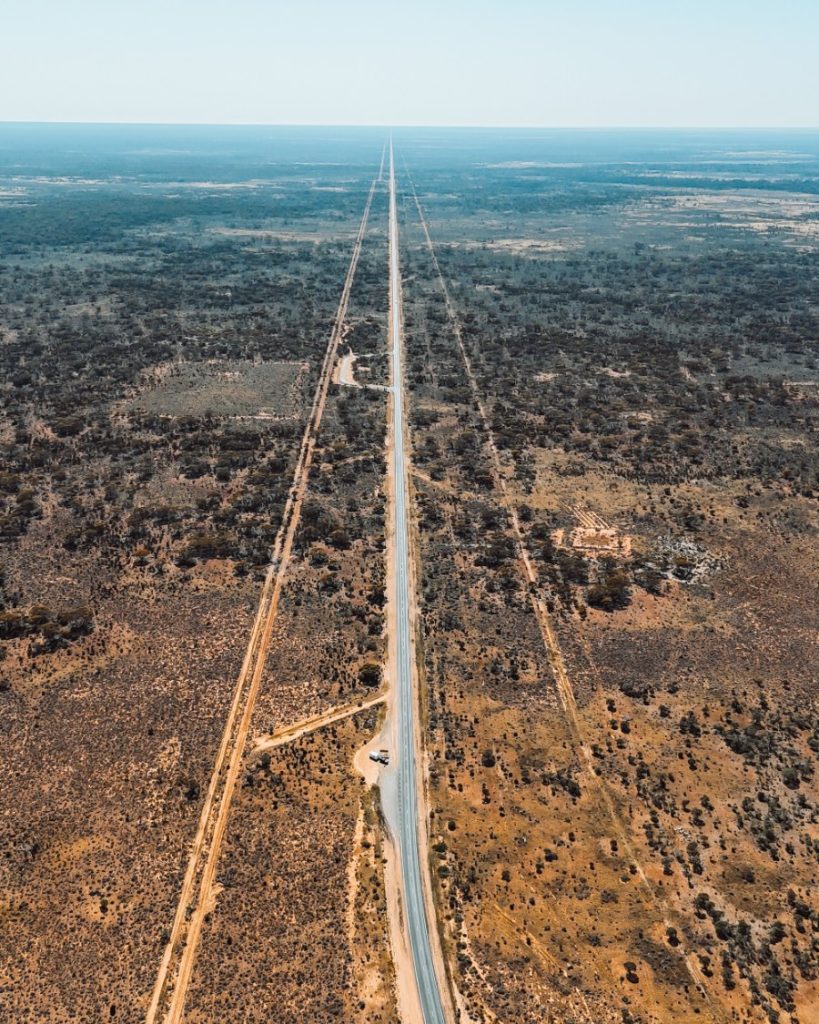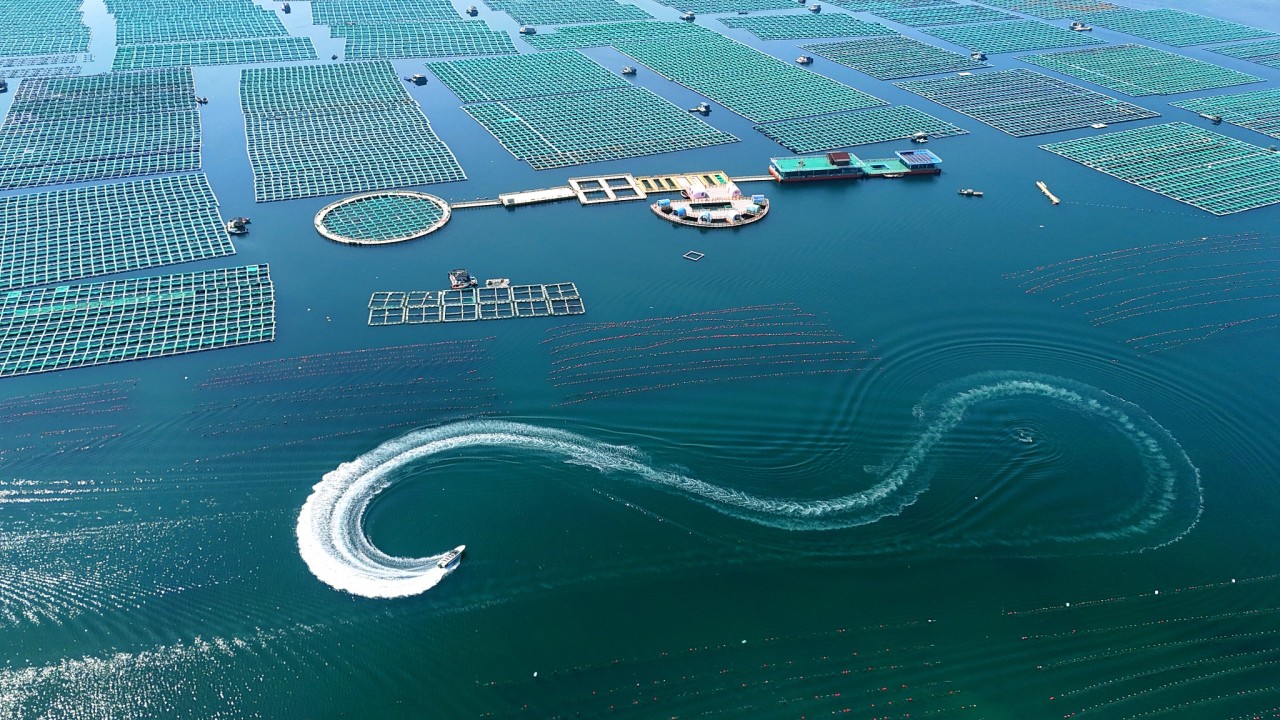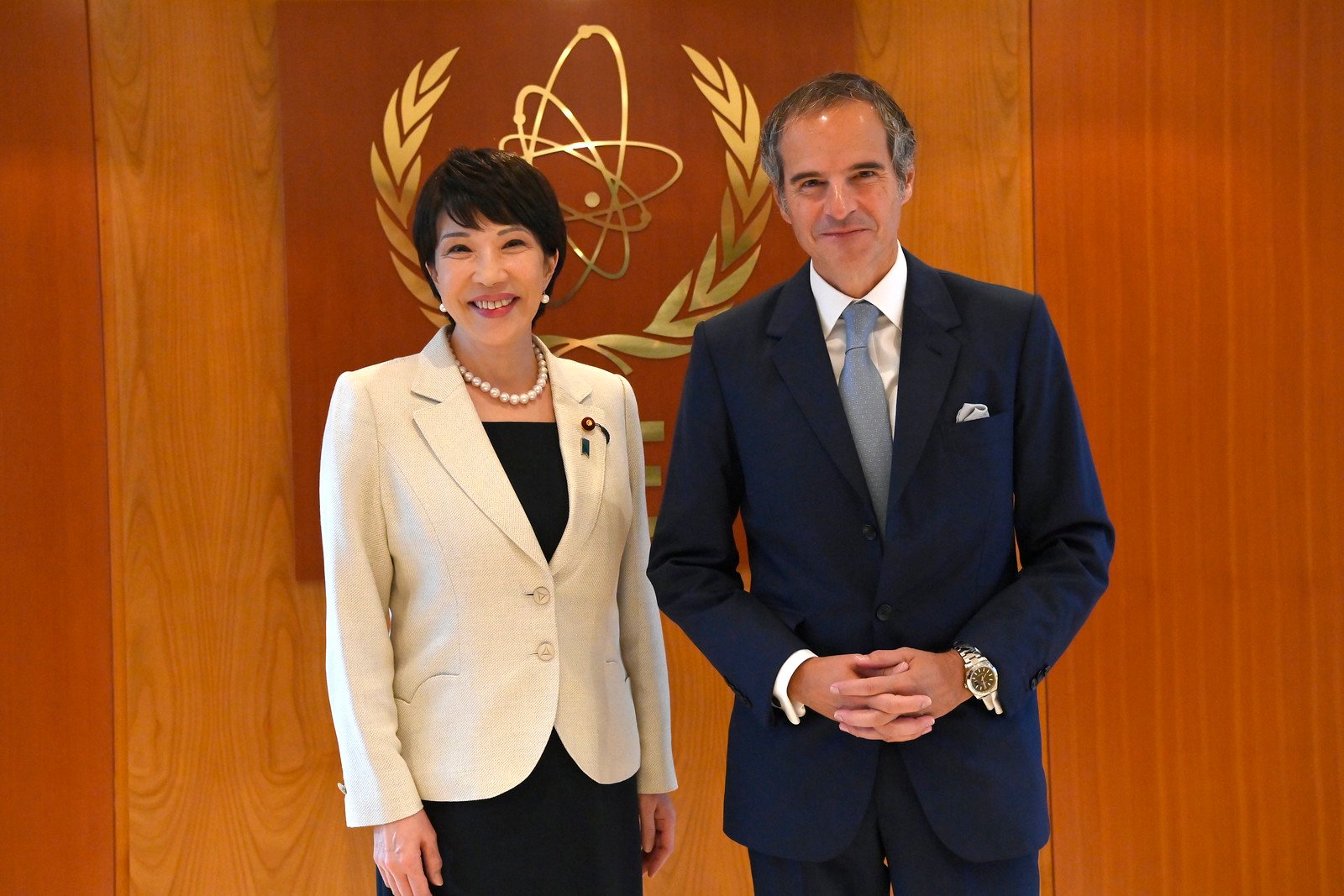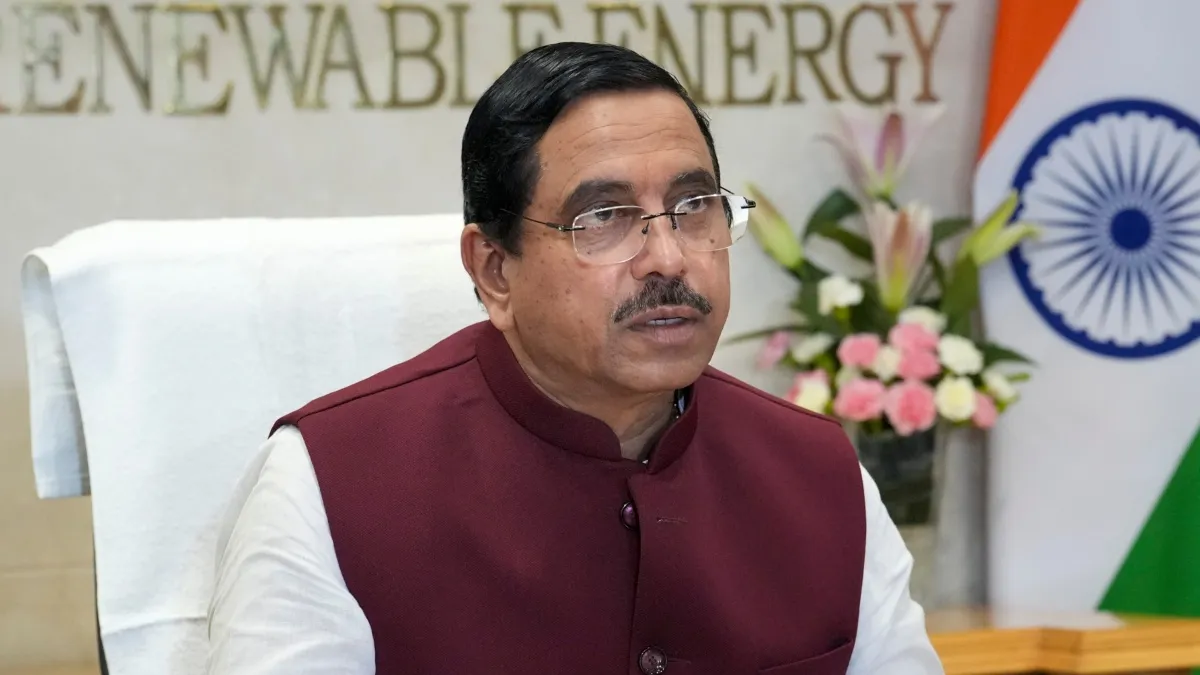Image: Gayane Umerova is the Commissioner for the overall vision and execution of the Bukhara Art Biennial and Chairperson of the Uzbekistan Art and Culture Development Foundation. She was also the head of the Department of Creative Economy and Tourism in the Administration of the President of Uzbekistan.
The United Nations Statistics Division (UNSD) places Uzbekistan under the “Central Asia” subregion of Asia. So officially, it’s Asia. Geographically, Central Asia (including Uzbekistan, Kazakhstan, Kyrgyzstan, Tajikistan, and Turkmenistan) is firmly part of the Asian continent.
Soft-Power Culture
The first Bukhara Biennial – curated by Diana Campbell under the theme “Recipes for Broken Hearts” – opened on September 5, 2025, transforming the historic centre of the Uzbek city of Bukhara a UNESCO Heritage site, into a vast cultural stage. More than 200 artists and contributors from 39 countries have created over 70 new, site-specific works, commissioned for the event. Initiated by the Uzbekistan Art and Culture Development Foundation (ACDF) under the direction of commissioner Gayane Umerova, the Biennial is being hailed as Central Asia’s most ambitious cultural gathering to date.
The Bukhara Biennial runs from 5 September until 20 November 2025.
March 2026 is earmarked for the opening of the a major new cultural landmark with the official opening of the Uzbekistan Contemporary Art Gallery in Tashkent. Positioned as a hub for modern artistic expression, the gallery will showcase the work of leading Uzbek and international artists, highlighting the country’s growing role in the global cultural landscape. And in March 2028 the new TADAO ANDO designed National Museum of Uzbekistan will open.
Australia, Melbourne Forum “Business Diplomat Exchange Australia–Uzbekistan 2025”

In June the inaugural business forum “Business Diplomat Exchange Australia–Uzbekistan 2025” commenced with a high-level visit to the Victorian Chamber of Commerce and Industry. The day’s agenda was designed to provide comprehensive insights into the Australian business and investment environment, with a strong focus on bilateral opportunities for collaboration.
Australia’s AgTech Expertise Could Meet Uzbekistan’s needs
Australia could actually offer Uzbekistan quite a lot in AgTech, given both countries face similar issues: water scarcity, salinity, heat stress, and the need to modernise farming for global competitiveness.
-
Water Management & Irrigation Tech
- Smart drip and micro-irrigation systems suited to arid and semi-arid zones.
- Remote sensing and IoT soil moisture sensors to optimise water use.
- Salinity management solutions (big issue in the Murray-Darling Basin, equally relevant to Uzbekistan’s irrigated cotton and wheat fields).
-
Precision Agriculture
- Drones and satellite imaging for crop monitoring, yield prediction, and pest/disease detection.
- AI-driven farm management platforms that integrate weather data, soil metrics, and planting schedules.
- Variable-rate application tech for fertilisers and pesticides—cutting costs and minimising runoff.
-
Climate-Resilient Crops & Practices
- Drought-tolerant wheat and barley varieties developed in Australia.
- Expertise in conservation tillage and soil carbon sequestration practices.
- Pasture improvement and mixed farming models to balance crop and livestock sustainability.
-
Livestock & Feed Innovations
- Australia’s experience with rangeland livestock management could transfer to Uzbekistan’s sheep and cattle sectors.
- Feed efficiency and methane-reduction supplements (like asparagopsis seaweed) could cut emissions and boost productivity.
-
Post-Harvest & Supply Chain Tech
- Cold chain logistics for fruit, vegetables, and dairy—critical for Uzbekistan’s growing horticulture exports.
- Agri-fintech and farm data platforms to improve credit access for small farmers.
- Grain storage, grading, and biosecurity systems to reduce waste and meet export standards.
-
Renewable Energy for Agriculture
- Solar-powered pumps and greenhouses for off-grid farming communities.
- Integration of agri-voltaics (solar + farming) to maximise land use in sun-rich Uzbekistan.
Australia is a Perfect Fit
Uzbekistan is actively trying to diversify away from cotton dependency, modernise irrigation, and boost food exports. Australia has dryland farming expertise, frontier research in AgTech, and strong education/training systems. There’s scope for bilateral partnerships: R&D tie-ups, demonstration farms, and joint ventures in food security and climate-smart agriculture.
Uzbekistan has developed a national program, for which over US$294 million is anticipated in grant funding, to adapt agriculture to climate change and mitigate its impact. Read Full article>
Australia DFAT Country brief: UZBEKISTAN
Join Victoria Uzbekistan Association: https://vua.org.au/about/





